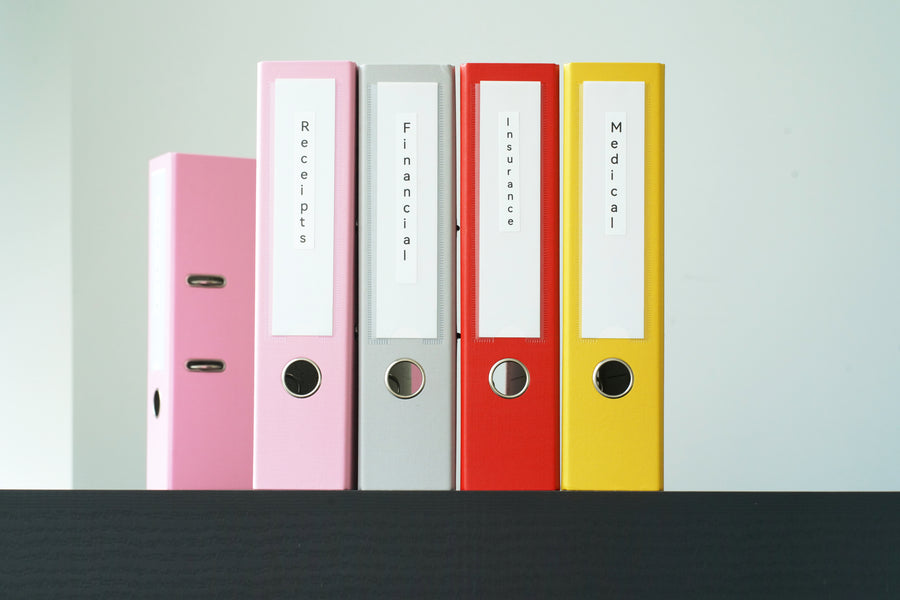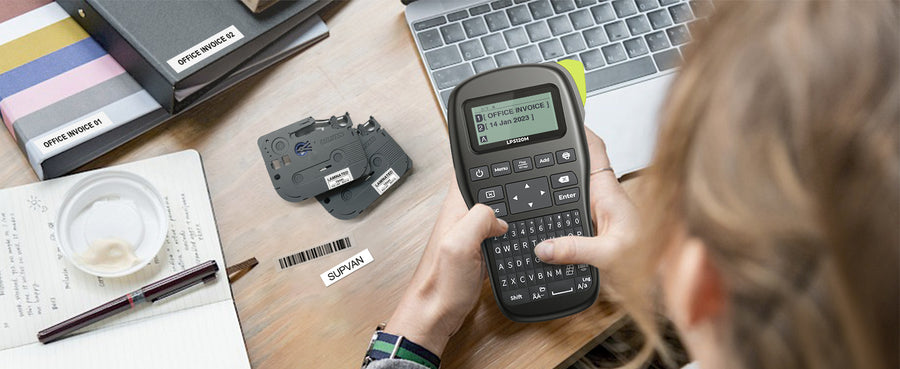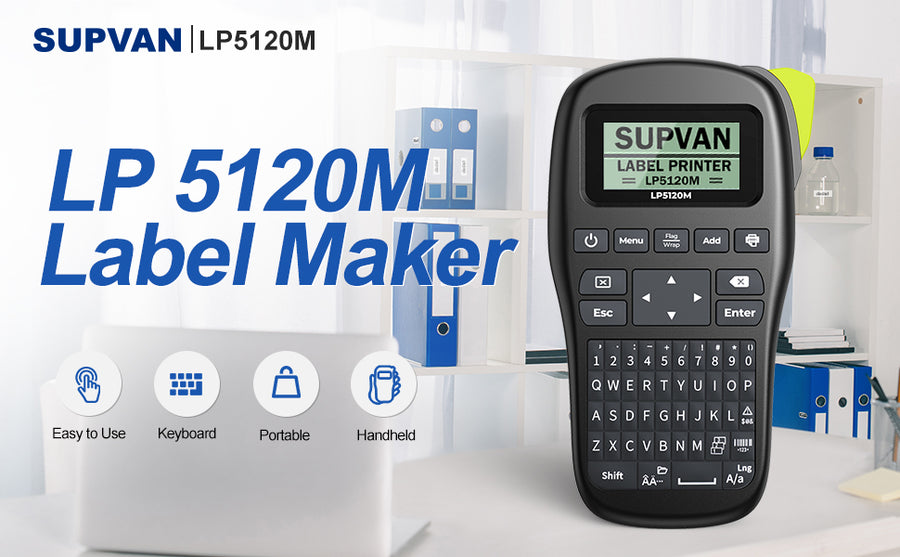What is 3D printer?
A 3D printer is a type of printer that creates three-dimensional objects by layering materials. These printers use digital files as input, which are typically created using computer-aided design (CAD) software. The printer then reads the digital file and uses it to create the physical object by depositing layers of material on top of each other until the desired shape is formed. 3D printing has revolutionized manufacturing in a variety of industries, allowing for the rapid creation of prototypes and customized products.

In this blog, we will introduce how does 3d printer work and how does a printer work briefly.
How does a 3d printer work/how does 3d printing work?
A 3D printer works by creating a physical object from a digital model. The process involves layering material, typically plastic or resin, to build up the object one layer at a time.
Here is a basic overview of how a 3D printer works:
- Design a 3D model using computer-aided design (CAD) software.
- Export the 3D model file to the 3D printer.
- Prepare the 3D printer by selecting the appropriate printing material and calibrating the printer.
- Load the material into the printer's printing mechanism, also known as an extruder.
- Start the print job, which sends a signal to the printer to begin building the object layer by layer.
- The printer uses the 3D model file to create the object by melting the raw material and extruding it through the nozzle in precise locations, following the design specifications.
- Once the printer completes all the layers, the object is complete and can be removed from the print bed.
Depending on the complexity of the object and the size of the printer, the printing process can take anywhere from a few hours to several days.

How does a printer work?
A printer is a device that converts digital information stored on a computer or other electronic device into a physical copy on paper or another medium. The process of printing typically involves several steps:
- Data input: The data to be printed is sent from the computer or other device to the printer, either through a wired or wireless connection.
- Processing: Once the printer receives the data, it processes it using a built-in software driver that translates the digital information into a format that the printer can understand.
- Printing: The printer then uses a print head or other mechanism to apply ink or toner to the paper or other medium, creating the desired output.
- Finishing: Depending on the type of printer and the desired output, the print may be finished with additional steps such as cutting, folding, or binding.
Overall, printers work by accepting digital data as input, processing it, and then using various mechanisms to create a physical copy of the output.







Leave a comment